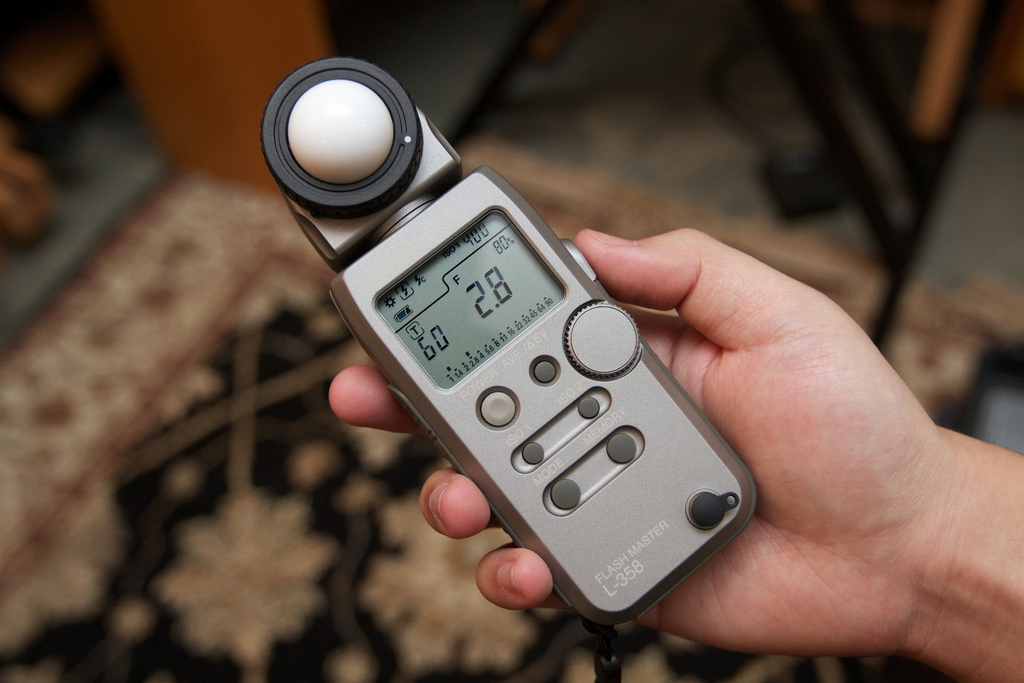
Congratulations on buying your first DSLR! Now you are well and truly on the road to photographic nirvana! Your DSLR is a very powerful tool for making images. With it you can control the amount of light reaching the sensor, thus, allowing you to balance an exposure, pursue creative ways to express yourself through your images and in essence capturing more than just light inside the small box. For all practical reasons a DSLR is the only camera you will ever need.
But there are more to good compositions than just the camera. A good composition involves not only a good subject matter or a moment but also good light and of course clever use of all the elements to put together an image. Literally, you don’t take an image, you make it.
Good light is unfortunately something which is not within the control of a photographer. However, if you are really good with a camera and have an astute sense of lighting, you will be able to make better use of the available light than most. But even the most experienced photographer, at times, require additional lighting tools to fine tune a composition. In this article we shall be looking at one such tool - speedlight or an external flash.
Read more...
 One of the least understood aspects of photography is color correction. Even experienced photographers sometimes get it wrong or choose not to pay attention to when shooting in difficult or less than perfect lighting conditions. However color correction is one of the main aspects of getting the perfect color for image and something that pro photographers,who actually need to print their images, consider as a part of the whole workflow. Read more...
One of the least understood aspects of photography is color correction. Even experienced photographers sometimes get it wrong or choose not to pay attention to when shooting in difficult or less than perfect lighting conditions. However color correction is one of the main aspects of getting the perfect color for image and something that pro photographers,who actually need to print their images, consider as a part of the whole workflow. Read more...  One of the least understood aspects of photography is color correction. Even experienced photographers sometimes get it wrong or choose not to pay attention to when shooting in difficult or less than perfect lighting conditions. However color correction is one of the main aspects of getting the perfect color for image and something that pro photographers,who actually need to print their images, consider as a part of the whole workflow. Read more...
One of the least understood aspects of photography is color correction. Even experienced photographers sometimes get it wrong or choose not to pay attention to when shooting in difficult or less than perfect lighting conditions. However color correction is one of the main aspects of getting the perfect color for image and something that pro photographers,who actually need to print their images, consider as a part of the whole workflow. Read more... 

















